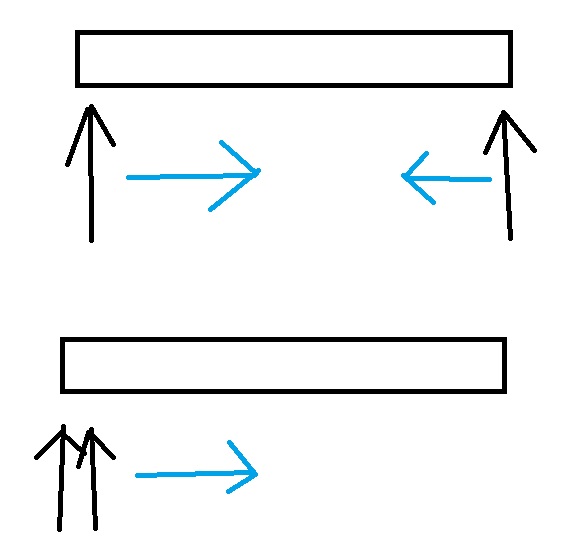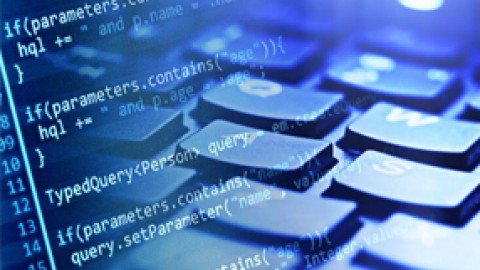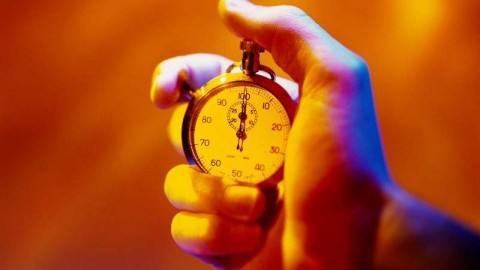1.一级指针处理字符串的常见方式
如果使用单个指针,不方便对字符串本身进行操作,只适合遍历。
使用两个指针,
两个指针和字符串大致有两个常见处理方式:
(1)两个指针从字符串首部开始向后移动,同时处理字符串。
(2)两个指针分别指向字符串首部和尾部,向中间靠拢。

2.两个指针放在字符串两端
示例:
去除字符串两端的空格。
#include <ctype.h> #include <string.h> #include <stdio.h> void trimSpace(const char *str, char *newStr, int len) { const char *p, *q; int len2; if (NULL == str || NULL == newStr) return; p = str; q = p + strlen(str) - 1; while (p < q && isspace(*p)) ++p; while (p < q && isspace(*q)) --q; len2 = q - p +1; if (len >= len2) { memcpy(newStr, p, len2); newStr[len2] = 0; } else { memcpy(newStr, p, len); newStr[len] = 0; } } int main() { char str[] = " abcabc "; char str2[4] = {0}; trimSpace(str, str2, sizeof(str2) - 1); printf("%sn", str2); return 0; }
(2)字符串翻转
#include <stdlib.h> #include <string.h> #include <stdio.h>
/* 非递归版本,使用指针放在字符串两端 */ void inverse(char *str) { char *p, *q, tmp; if (NULL == str) return; p = str; q = str + strlen(str) - 1; while (p < q) { tmp = *p; *p = *q; *q = tmp; ++p, --q; } } static void _inverse1(char *str1, char *str2) { if (!*str2) return; _inverse1(str1, str2+1); strncat(str1, str2, 1); } /* 递归版本 */ void inverse1(char *str) { char *tmp = NULL; if (NULL == str) return; if ((tmp = (char *)calloc(strlen(str) + 1, sizeof(char))) == NULL) return; _inverse1(tmp, str); strncpy(str, tmp, strlen(tmp)+1); free(tmp); } int main() { char str[] = "123456"; inverse1(str); printf("%sn", str); return 0; }
3.两个指针放在字符串首部
(1)strstr挖字符串
#include <string.h> #include <stdio.h> int getCount(const char *str1, const char *str2) { const char *p1 = str1, *p2 = str2; int count = 0; if (NULL == str1 || NULL == str2) return -1; while (str1 = strstr(str1, str2)) { count++; str1 += strlen(str2); } return count; } int main() { char str[] = "gsadgdasabcadfaabcasdabc"; char str2[] = "abc"; int n; n = getCount(str, str2); printf("%dn", n); return 0; }
(2)去除字符串中的某些字符
去除空格。
old指针的意义是:指向旧的数组,并挖出非空格的字符输出给新数组。
new指针的意义是:指向新的数组,并输入old指针传来的字符。
由于 new 永远不会超过 old 所以,新、旧数组可以使用同样的空间。
#include <ctype.h> #include <string.h> #include <stdio.h> void trimSpace(char *str) { char *new, *old; if (NULL == str) return; new = str; old = str; while (*old) { if (isspace(*old)) ++old; else *new++ = *old++; } *new = 0; } int main() { char str[] = " 12 34 56 78 "; trimSpace(str); printf("%sn", str); return 0; }
4. 总结
如果使用一级指针处理字符串,应该先思考两个一级指针应该放在字符串两端还是一端,然后思考每个指针的实际意义。
内容来源于网络如有侵权请私信删除
- 还没有人评论,欢迎说说您的想法!





 客服
客服


